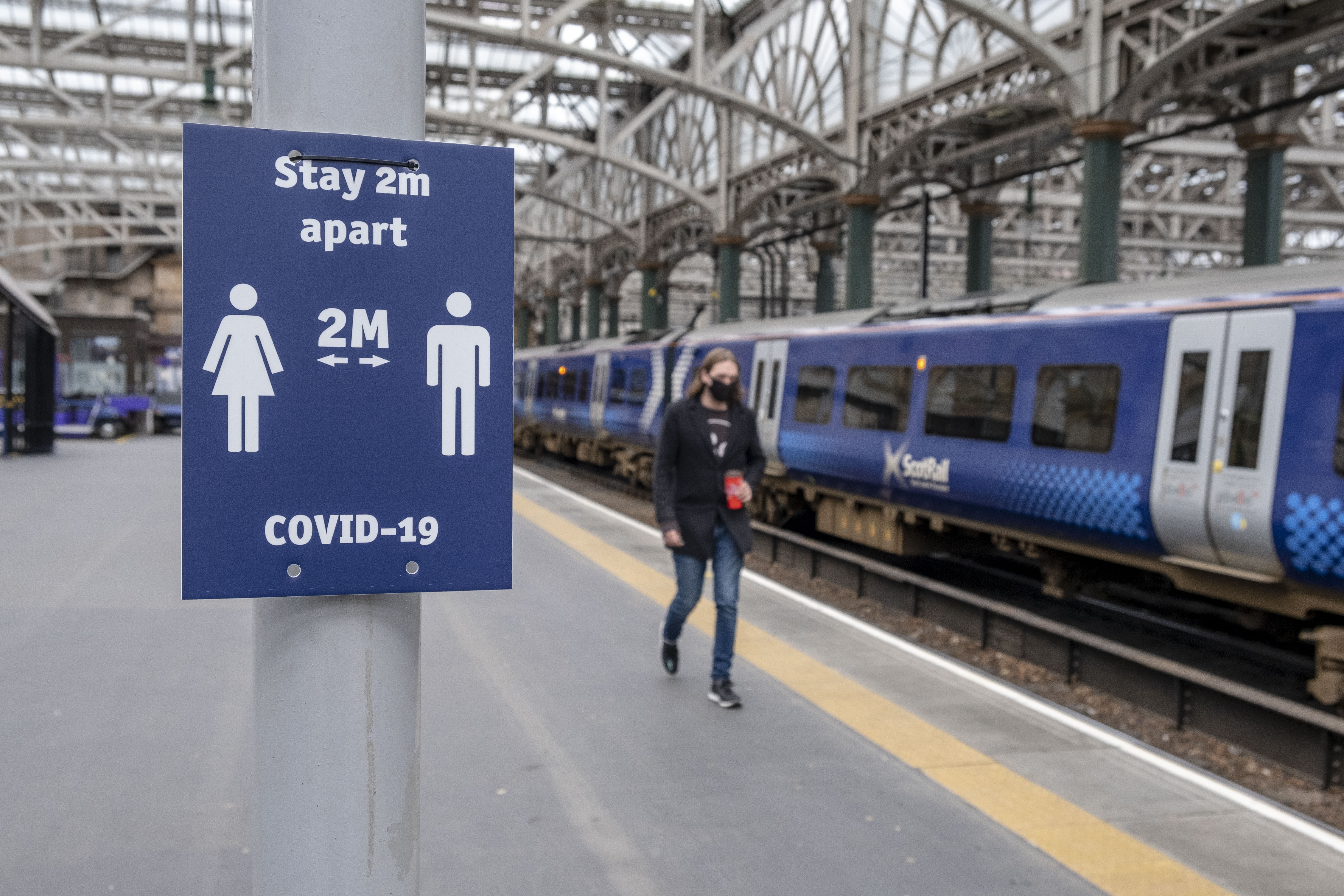Transport sector gears up for Phase 2

Physical distancing and plea to limit travel remains in place
Employers are being urged to help carefully manage a phased return to work as Scotland moves into Phase 2 of the route map.
As more lockdown restrictions are eased analysis shows that up to 55 per cent of employees could be travelling to their normal workplace, a rise from 30 per cent in full lockdown.
That could result in an increase in the number of passengers on public transport by around by a third from current levels of 225,000 per day.
As a result of physical distancing measures public transport is operating at around 10-20 per cent of normal capacity at this time. Because of this, the public, major employers and business organisations are being asked to play their part in ensuring the severely limited public transport system isn’t overrun by demand.
Road traffic could increase by up to 40 per cent compared with the number of journeys made during lockdown.
The Transport Transition Plan has been updated and sets out more details. While services are being increased, the main message is ask for continued patience and for people to work from home, or avoid busier periods, where possible.
Please think carefully about whether you need to use public transport for travel, walk, wheel and cycle when you can and stay in your local area for shops and services. Face coverings are now mandatory on public transport in Scotland, a measure announced by the First Minister last week.
Guidance advising passengers about when and how to safely access public transport through good hand hygiene, respecting physical distancing, using face coverings and avoiding busier times, remains absolutely critical.
View advice on how to travel safely including information on face coverings.
Transport measures are taking place in the context of the next important step in fighting COVID-19 through Test and Protect. People across the country are being asked to take these necessary steps to break the chains of transmission as lockdown restrictions slowly change.
Cabinet Secretary for Transport, Infrastructure and Connectivity Michael Matheson said:
“First of all I want to pay tribute to those transport operators and workers who have kept Scotland’s key workers moving in recent months, during an incredibly testing time.
“We are now in a position to enter phase 2 of the Route Map, however we must do so with great caution, as we cannot risk a resurgence of the virus and wasting all of the good work to date in terms of respecting boundaries and working from home.
“Transport has a vital role to play in helping restart the economy, but there is a clear and great need for personal and collective responsibility when travelling, especially by public transport. It’s also very important to leave space on public transport for those who need it most.
“Passengers who must travel will notice some major changes at our bus and train stations and transport hubs. More hand sanitisers, physical distancing measures, posters and information points, and, crucially, you should be wearing a face covering.
“Remember capacity will be around 10 to 20 per cent of normal, even when full services resume. It is therefore perhaps inevitable that there will be some circumstances where the 2 metre rule is breached, even temporarily. That is why all passengers have to wear a face covering.
“I continue to engage directly with business leaders and major employers and I am encouraging them to embrace these changes which can help us all adapt to a new working and business environment.
“We are increasing the frequency of public transport, but without a significant reduction in demand, the plan won’t work. I am pleased that we are already seeing some real ambition from local authorities and partners in terms of redesigning the landscape and infrastructure around our towns and cities, supported by Scottish Government funding, and I look forward to seeing more of these measures being rolled out over the coming weeks and months.”
View advice on how to travel safely including information on face coverings.